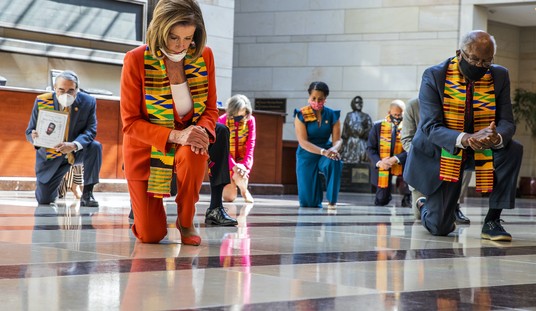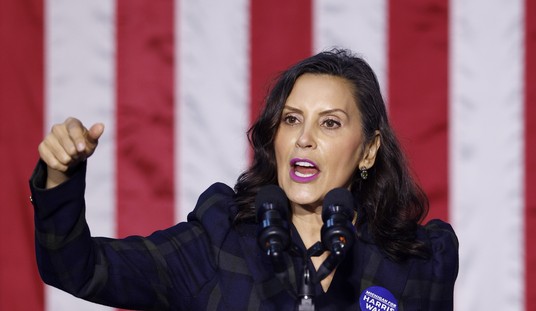Let’s see. ObamaCare’s mandates on insurers have driven individual-market premiums into the stratosphere, and pushed deductibles even higher. For all but wellness checks, the average consumer would have to spend $12,000 out of pocket before benefits kick in and cover some health-care costs. On the other hand, going without insurance will cost $695 or 2.5% of one’s income, which would make the latter choice a better deal for everyone earning under $480,000.
The New York Times reports that, shockingly, Americans by and large can do the math:
Administration officials said last month that about 2.5 million new customers had bought insurance through HealthCare.gov, the federal exchange serving 38 states, since open enrollment began on Nov. 1. The number of new enrollees is 29 percent higher than last year at this time, suggesting that the threat of a larger penalty may be motivating more people to get covered.
But plenty of healthy holdouts remain, and their resistance helps explain why insurers are worried about the financial viability of the exchanges over time. They say they sorely need more healthy customers to balance out the costs of covering the sicker, older people who have flocked to exchange plans.
People, like Mr. Murphy, who earn too much to qualify for federal subsidies that defray the cost of coverage may be most likely to opt out. A recent analysis by the Kaiser Family Foundation found that more than seven million people who are eligible for exchange coverage would pay less in penalties than for the least expensive insurance available to them. More than half would not qualify for subsidies, the analysis found.
This was easily predictable, and therefore also widely predicted. Even before ObamaCare, the average cost of a comprehensive medical plan in Minnesota was around $3200 a year, with several hundred dollars in deductibles. (It’s more expensive on both ends now, but let’s focus on the status quo ante in this instance.) For younger, healthier consumers, those plans made no sense at all. They would expect to spend no more than $1000 a year for health care — a wellness check and perhaps a routine urgent-care visit or two during the year. Why would they spend $3200 to cover a few hundred dollars of expected expenses in a year? They were much better off buying catastrophic coverage at a much lower cost to indemnify against unexpected hospitalization and dealing with everything else on a retail basis.
At least that arrangement dealt with specific risk in an honest fashion. When insurers now say “they sorely need more healthy customers to balance out the costs of covering the sicker, older people,” what they mean is that they need younger and healthier consumers to exploit in order to subsidize the others. ObamaCare forces insurers into gouging low-risk consumers to keep premiums lower for high-risk consumers, rather than charge on a rational risk-assessment basis. ObamaCare precludes catastrophic insurance for that very reason — to force people into expensive comprehensive care when they don’t need it and won’t use it. In fact, the whole point is to charge those younger and healthier consumers for services they will never utilize.
If anyone but the federal government ran this scam, the Federal Trade Commission and Justice Department would prosecute them into oblivion.
Small wonder, then, that many Americans don’t particularly want to participate in having their pockets picked. Most of them are better off paying the fine and dealing with clinic visits on a retail basis — and many of them just don’t have any other choice. In fact, “choice” is the one and only thing that ObamaCare has proven adept at curing.








Join the conversation as a VIP Member